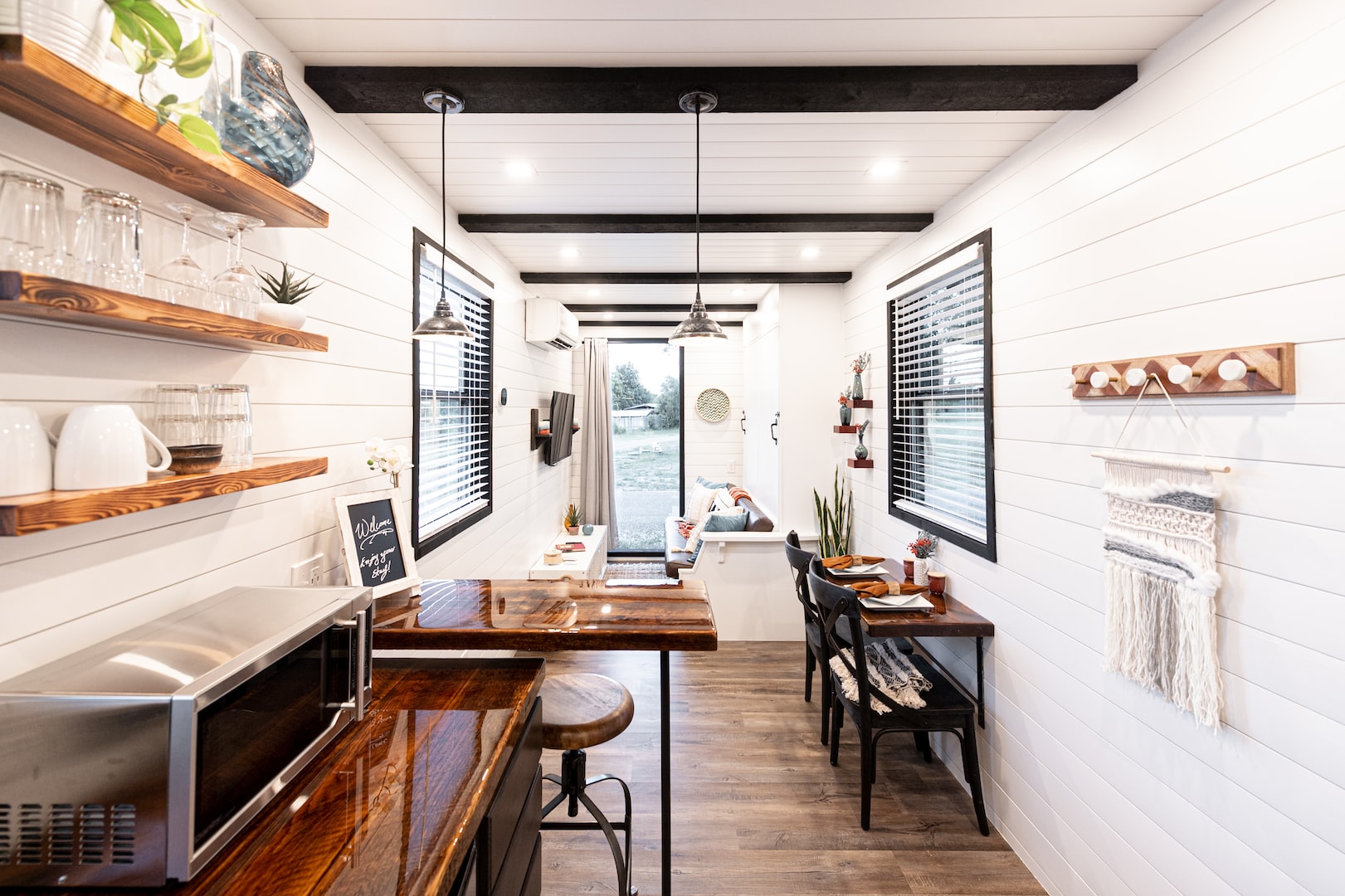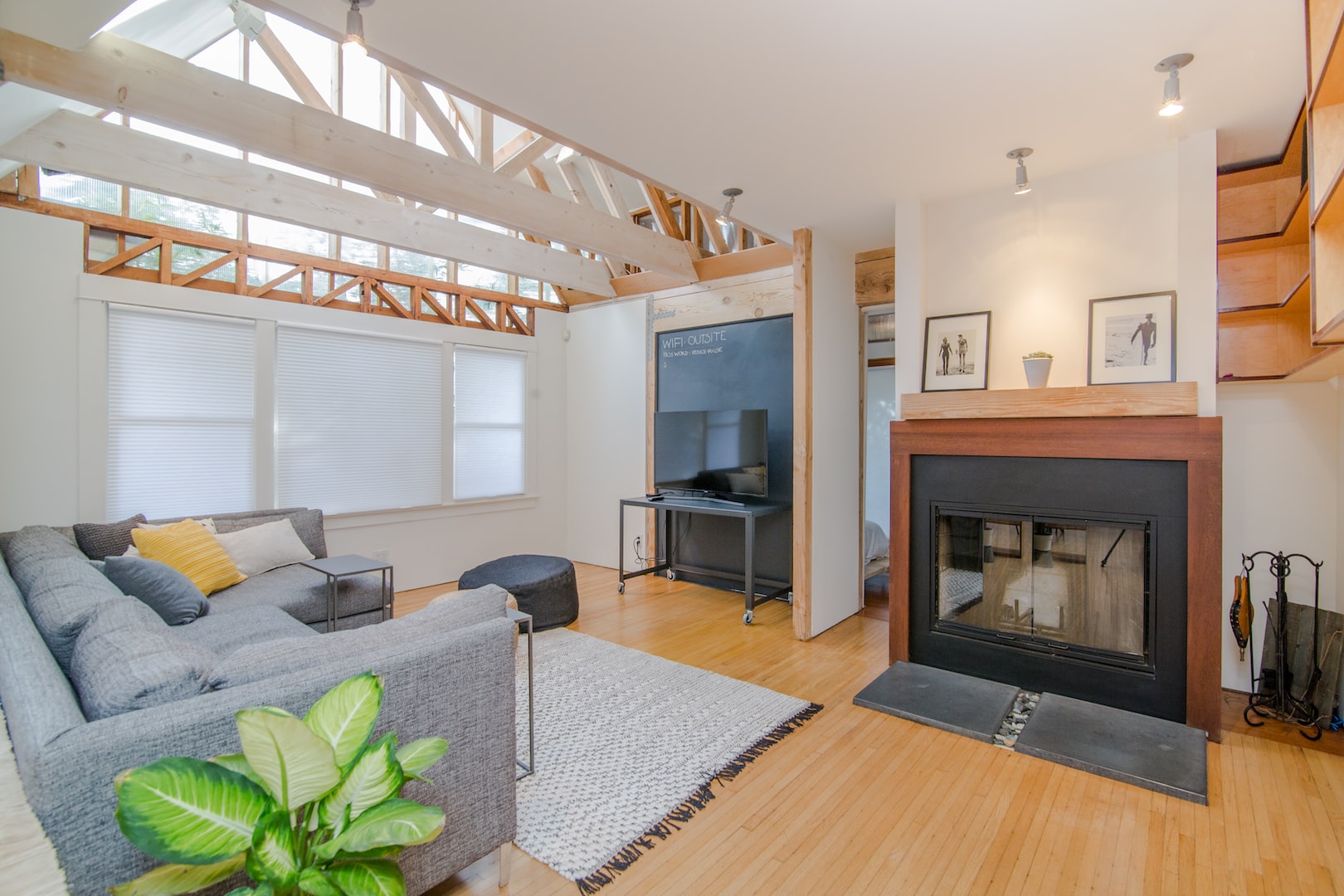heloc &
home equity loan
Home Equity Line of Credit (HELOC) and Home Equity Loan (HEL) are two popular financing options for homeowners looking to build an Accessory Dwelling Unit (ADU). Both types of loans allow you to borrow against the equity you have in your primary residence, but they differ in terms of interest rates, repayment terms, and flexibility.
A HELOC is a line of credit that provides you with access to a large amount of funds that you can draw from as needed. You only pay interest on the amount you have used, and the interest rate may be adjustable or fixed. This type of loan is often easier to obtain than a traditional construction loan, and it provides you with flexibility in terms of when and how you use the funds.
On the other hand, a HEL is a lump sum loan that provides you with a fixed amount of funds that must be repaid over a set period of time. The interest rate is fixed, and the monthly payments remain the same throughout the term of the loan. This type of loan is best for borrowers who need a specific amount of funds for a defined period of time, and who want the peace of mind of knowing exactly how much they will be paying each month.
When deciding which type of loan is better for constructing an ADU, there are several factors to consider. First, consider your budget and how much you need to borrow. If you only need a specific amount of funds for a defined period of time, a HEL may be the better option. If you need more flexibility in terms of when and how you use the funds, a HELOC may be a better choice.
Second, consider the interest rates. A HELOC typically has a lower interest rate than a HEL, but the interest rate may be adjustable, which means that your monthly payments could increase if interest rates rise. On the other hand, a HEL has a fixed interest rate, so your monthly payments will remain the same throughout the term of the loan.
Third, consider the repayment terms. A HELOC typically requires you to make interest-only payments during the draw period, which can be up to 10 years. After the draw period, you will be required to repay both the principal and interest. A HEL typically requires you to repay the principal and interest over a set period of time, typically 5-15 years.
Finally, consider your financial situation and ability to make payments. A HELOC is a form of secured borrowing, meaning that your home is used as collateral for the loan. If you are unable to make your payments, the lender can foreclose on your home to repay the loan. A HEL is also secured by your home, but the loan amount and terms are set, so you know exactly what your payments will be each month.
In conclusion, the best type of loan for constructing an ADU will depend on your specific financial situation and needs. A HELOC may be the better choice if you need more flexibility in terms of when and how you use the funds, while a HEL may be the better option if you need a specific amount of funds for a defined period of time. Before taking out a loan, it is important to carefully consider your budget, interest rates, repayment terms, and ability to make payments, and to do your research to find the best lender and terms for your needs.

